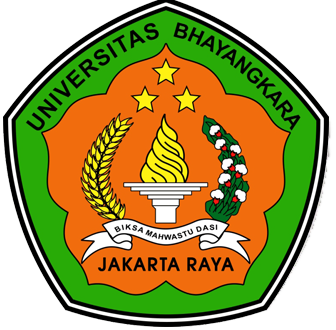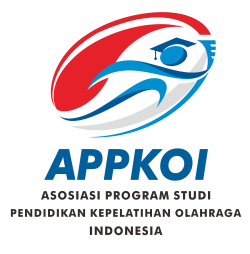Efforts to Improve Volleyball Bottom Passing Learning Outcomes Through Cooperative Learning Models of Team Game Tournament Type
DOI:
https://doi.org/10.31599/3j688b56Keywords:
Volley Ball, Fore arm Pass, CooperativeAbstract
This study aims to determine the effectiveness of the team game tournament type cooperative learning model in improving volleyball forearm passing learning outcomes. The type of research used is classroom action research. The subjects of this study were 3rd semester physical education students who attended volleyball lectures and volleyball lecturers. The results showed that in the pre-cycle data, there were 15.9% students who scored 70 and above and 84.1% of students who scored below 70 scored. At the end of cycle 1, students who scored above 70 were 29.5% and those who scored below 70 were 70.5%. At the end of cycle 2, students who scored above 70 had achieved 100%. So it can be concluded that the Team Games Tournament Type Cooperative learning model can improve student volleyball forearm passing learning outcomes.
Downloads
References
Ashworth, S. Mosston, M. (2018). Teaching Physical Education. Sara Ashworth.
Gall, M. D., Gall, J. P., & Borg, W. R. (2003). Meredith D. Gall, Walter R. Borg, Joyce P. Gall - Educational Research_ An Introduction (7th Edition)-Allyn & Bacon (2003).pdf (pp. 569–575).
Kanca, I. N. (2017). Pengembangan Profesionalisme Guru Penjasorkes. Seminar Nasional ProfesionalismeTenaga Profesi PJOK, Pendidikan Olahraga Pascasarjana UM, Abad 21, 1–14.
Malik, A. A., & Rubiana, I. (2019). Kemampuan Teknik Dasar Bola Basket: Studi Deskriptif Pada Mahasiswa. Journal of SPORT (Sport, Physical Education, Organization, Recreation, and Training), 3(2), 79–84. https://doi.org/10.37058/sport.v3i2.12 38
Masi, P. W., & Wasak, M. R. P. (2020). Improving Learning Outcomes of Student’s Volleyball Arbitration using the Team Games Tournament Learning Model. JUARA : Jurnal Olahraga, 5(1), 83–92. https://doi.org/10.33222/juara.v5i1.81 8
Metzler, M. W. (2017). Intructional Model For Physical Education. Allyn Bacon.
Meyer, O. A., Omdahl, M. K., & Makransky, G. (2019). Investigating the effect of pre-training when learning through immersive virtual reality and video: A media and methods experiment. Computers and Education, 140(December 2018), 103603. https://doi.org/10.1016/j.compedu.20 19.103603
Miller, D. K. (2010). Measurement by the Physical Educator Why and How. Mustafa, P. S., & Dwiyogo, W. D. (2020).
Kurikulum Pendidikan Jasmani, Olahraga, dan Kesehatan di Indonesia Abad 21. JARTIKA Jurnal Riset Teknologi Dan Inovasi Pendidikan, 3(2), 422–438. https://doi.org/10.36765/jartika.v3i2.2 68
Ohrnberger, J., Fichera, E., & Sutton, M. (2017). The relationship between physical and mental health: A mediation analysis. Social Science and Medicine, 195(November), 42– 49. https://doi.org/10.1016/j.socscimed.2 017.11.008
Oktariana, D., & Hardiyono, B. (2020). Pengaruh Daya Ledak Otot Lengan, Daya Ledak Otot Tungkai Dan Kekuatan Otot Perut Terhadap Hasil Smash Bola Voli Pada Siswa SMK Negeri 3 Palembang. Journal Coaching Education Sports, 1(1), 13– 24. https://doi.org/10.31599/jces.v1i1.82
Pujianto, D., & Insanistyo, B. (2013). Dasar Dasar Penelitian Pendidikan Jasmani (First). FKIP Universitas Bengkulu.
Suhesti Herin, M. (2020). Studi Minat Mahasiswa Program Studi PendidikanKepelatihan Olahraga Terhadap Senam Aerobik. Jurnal Patriot, 2(1), 278–290. https://doi.org/10.24036/patriot.v2i1. 520
Downloads
Published
Issue
Section
License
Copyright (c) 2021 Dian Pujianto, Bayu Insansityo, Syafrial

This work is licensed under a Creative Commons Attribution 4.0 International License.






.png)







